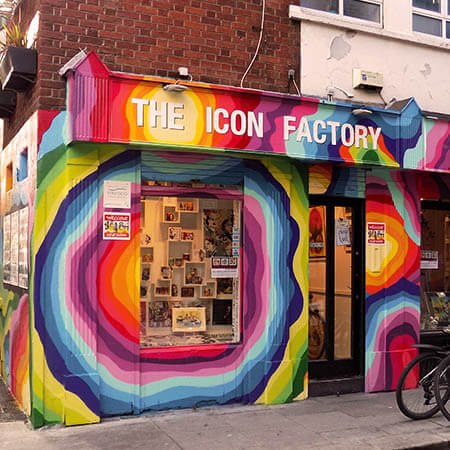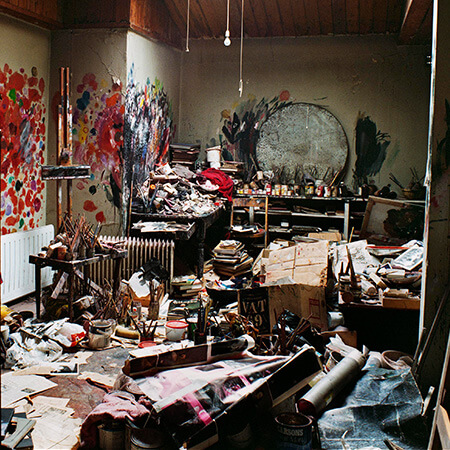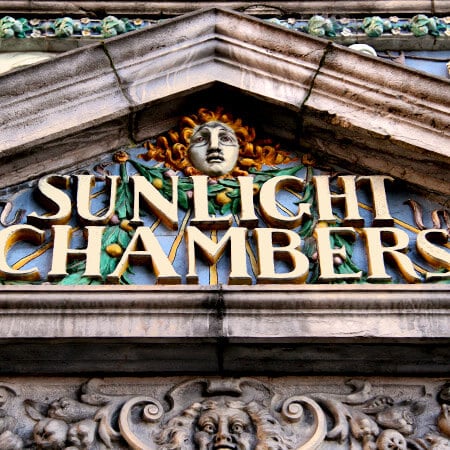For almost 30 years, The Ark in Temple Bar has provided the children of Dublin – and Ireland – with the opportunity to experience and participate in art and culture.
Dublin.ie visited The Ark to learn more about what’s on offer for children and families today.
What The Ark Dublin is all about
The Ark is a dedicated cultural centre for children. It was the first of its kind in Europe – quite a forward-thinking facility for this little island.
It was founded after the ratification of the UN Convention on the Rights of The Child, which safeguards children’s right to access culture and art. The Ark “believes in every child’s right to discover and love art in a society where creativity and culture are valued.”
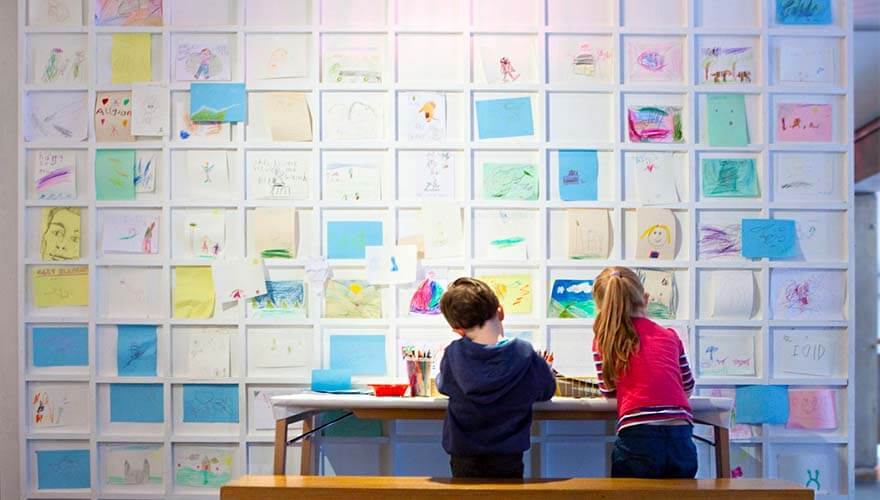
The Ark commissions, produces and presents work for, by and about children aged 2-12. This gives them the opportunity to engage with multiple art forms like theatre, dance, music and visual arts.
The Ark often partners with the likes of the Dublin Theatre Festival, the Dublin Dance Festival and individual artists to do this. These initiatives seek to foster an environment where artists feel comfortable creating art for young people. This, in turn, means that more children will have access to cultural experiences.
Feeding the imaginations of Dublin’s future creators
During school terms, The Ark hosts events for schools. And during holidays and weekends, it hosts events for families.
Over one Easter break, for example, it held a camp called ‘Me & The City’ – an architecture-based visual arts programme. It encouraged children to look around Dublin with fresh eyes and understand that everything they see was designed. It also aimed to highlight that there is a career path in creating a city.
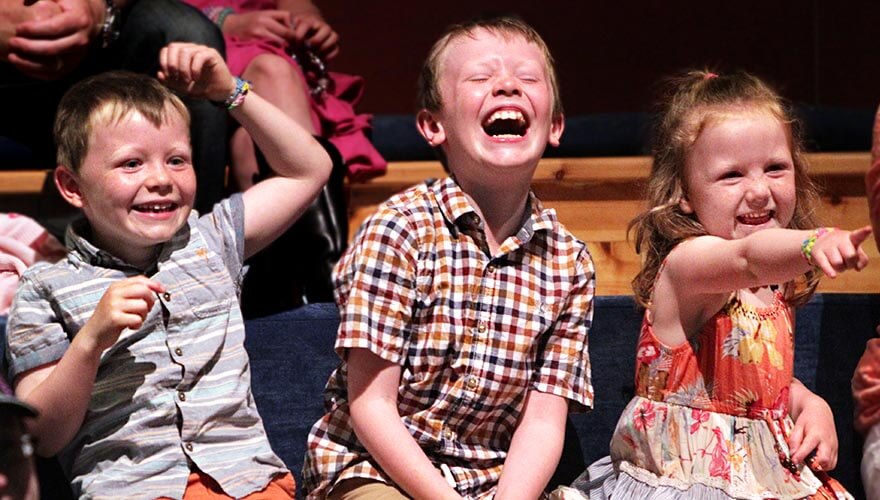
The children were tasked with reinventing College Green and the area between Dublin City Council’s offices and Christ Church Cathedral.
Their ideas were displayed on brightly coloured post-its in The Ark’s Long Room and built into models in The Gallery. These future city planners had thought of everything – from Lego houses for the homeless and trees to climb through to cake-shaped bakeries and a toy shop where smiles are the only currency.
The Ark Children’s Council
However, The Ark doesn’t just give children the space to dream and create. It also gives them the opportunity to have their voices heard.
One of the key ways it does this is through The Children’s Council that is based here. Every year, around 30 fourth and fifth class children from Dublin and surrounding areas come into The Ark one weekend every month to engage with the arts and explore active citizenship.
So often, it’s adults making decisions and deciding what is important.
Council members are mentored and guided by The Ark’s artist-in-residence and, together, they tell the staff exactly what they think of its programmes so they can make improvements.
“I think that is really important because, so often, it’s adults making decisions and deciding what is important for children,” says Al Russell, The Ark’s General Manager. “I think it’s becoming more and more important to find ways of actually involving children in this kind of process.”
